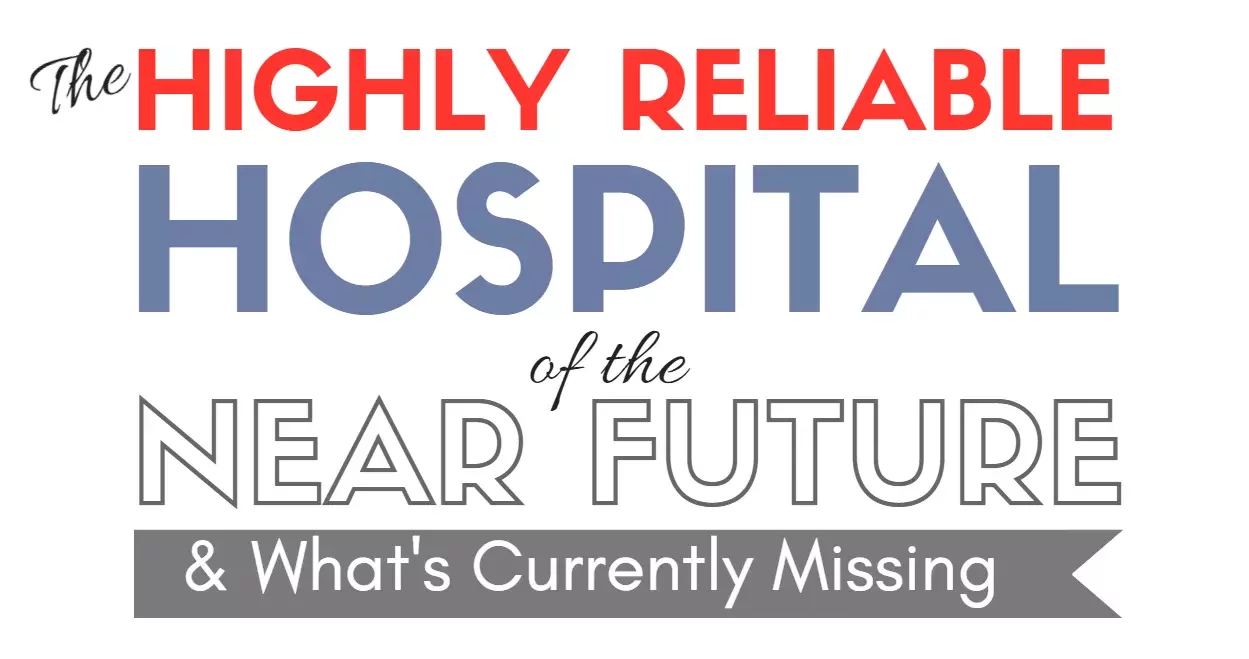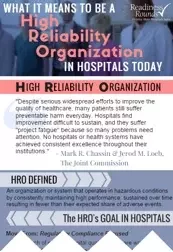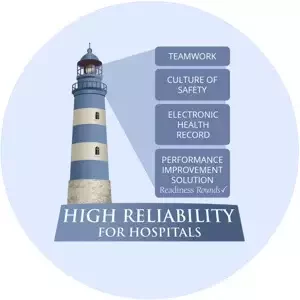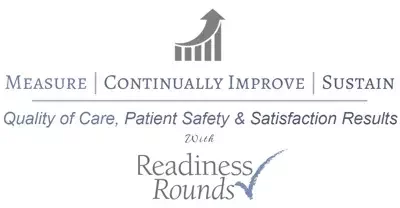

So, while that infographic connected the dots for some, I wanted to take an opportunity to explain further how the Readiness Rounds platform fits into the Hospital High Reliability puzzle.
Over the last several years of development, the Readiness Rounds software has grown from primarily a hospital accreditation tool to a full-blown patient safety, quality of care and patient experience software platform, specifically designed with High Reliability for hospitals in mind. The only one of its kind.
While the basis for the platform is a comprehensive rounding, checklist, quality data collection tool, the additional value from a closed-loop follow-up system, reporting features, built-in performance improvement prioritization, linkage to regulatory standards (TJC, CMS, etc.) and even an Event and Incident Reporting module make the platform a true High Reliability tool for the hospital wanting to do more than just talk about High Reliability and actually work to get there.

So what’s missing?
As you saw from the aforementioned infographic, a High Reliability hospital must establish four different milestones: a radical commitment to teamwork, a patient safety culture, meaningful use of an Electronic Health Record and the conscientious use of a Performance Improvement Platform (like Readiness Rounds).
While most hospitals have utilized an EHR, less have developed a true patient safety culture, even less have developed the radical commitment to teamwork and very few have adopted a High Reliability process improvement platform hospital wide.

What do these four High Reliability approaches mean exactly?
1) A radical commitment to


